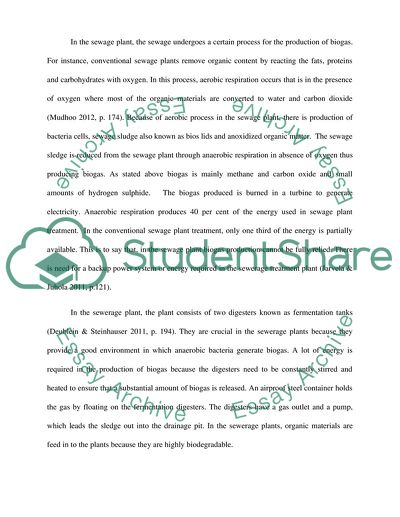Cite this document
(“Measures to reduce the energy consumption for the sewerage plants Essay”, n.d.)
Measures to reduce the energy consumption for the sewerage plants Essay. Retrieved from https://studentshare.org/environmental-studies/1624188-measures-to-reduce-the-energy-consumption-for-the-plant
Measures to reduce the energy consumption for the sewerage plants Essay. Retrieved from https://studentshare.org/environmental-studies/1624188-measures-to-reduce-the-energy-consumption-for-the-plant
(Measures to Reduce the Energy Consumption for the Sewerage Plants Essay)
Measures to Reduce the Energy Consumption for the Sewerage Plants Essay. https://studentshare.org/environmental-studies/1624188-measures-to-reduce-the-energy-consumption-for-the-plant.
Measures to Reduce the Energy Consumption for the Sewerage Plants Essay. https://studentshare.org/environmental-studies/1624188-measures-to-reduce-the-energy-consumption-for-the-plant.
“Measures to Reduce the Energy Consumption for the Sewerage Plants Essay”, n.d. https://studentshare.org/environmental-studies/1624188-measures-to-reduce-the-energy-consumption-for-the-plant.


